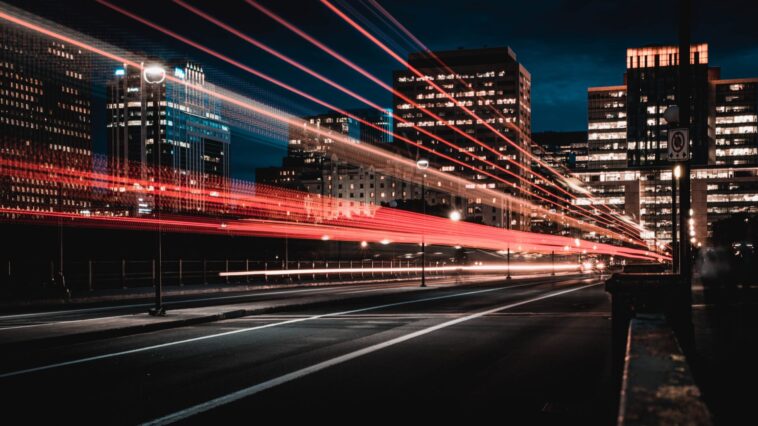Artificial Intelligence (AI) software is an innovative technological advancement that utilizes algorithms and machine learning to analyze and interpret vast amounts of data and make predictions. The potential benefits of AI in urban planning are numerous, including improved traffic management, energy consumption, and overall sustainability. In this article, we will explore the advantages, drawbacks, and future possibilities of AI in urban planning.
AI in Urban Planning: An Overview
Traditionally, urban planning has relied on manual data collection and analysis, making it a time-consuming and expensive process.
However, with the emergence of AI, urban planners can leverage its potential to automate data processing and analysis, providing insights into a wide range of urban issues, from traffic congestion to energy consumption.
The advantages of AI in urban planning are numerous. It allows for more precise data analysis and predictive modeling, enabling urban planners to make data-driven decisions that lead to more efficient and sustainable outcomes.
Furthermore, AI can optimize existing infrastructure and resource allocation, improving the quality of life for residents.
Currently, there are several AI-based tools that are being used for urban planning, including predictive modeling, scenario analysis, and simulation tools.
Examples of AI Use in Urban Planning
One prominent example of AI use in urban planning is the use of predictive modeling tools to anticipate traffic congestion patterns. By analyzing data from various sources, including GPS tracking and social media platforms, AI algorithms can generate real-time traffic predictions and suggest optimal routes for drivers.
Another example is the use of energy consumption modeling tools, which analyze data from smart meters and other sensors to identify energy consumption patterns and suggest more sustainable ways to reduce energy consumption.
These AI-based tools have shown remarkable success rates, with some cities reporting up to 30% reduction in traffic congestion and significant energy savings.

Potential Drawbacks of AI in Urban Planning
Despite the numerous benefits, there are potential risks associated with AI use in urban planning, including privacy concerns, ethical issues, and the risk of bias in decision-making. These risks must be taken into account when implementing AI-based tools in urban planning.
Additionally, social considerations must be taken into account when using AI in urban planning. For example, the use of AI algorithms in decision-making could lead to unintended consequences, such as increased social inequalities.
The Future of AI in Urban Planning
Looking to the future, AI is expected to transform urban planning in numerous ways. Cutting-edge AI technologies, such as autonomous vehicles, drones, and smart city sensors, are likely to become mainstream in the coming years, enabling even more precise data collection and analysis.
The potential benefits of these technologies are enormous, including increased efficiency, improved safety, and reduced environmental impact. However, there are also significant challenges that must be addressed, including the need for robust cybersecurity measures and ethical frameworks.
Conclusion
In conclusion, AI software has the potential to revolutionize urban planning by enabling more efficient and sustainable outcomes.
However, it is crucial to consider the potential risks and social considerations associated with AI use in urban planning. By taking a thoughtful and balanced approach, we can leverage the benefits of AI while mitigating its potential drawbacks, ultimately creating more livable and sustainable cities.


